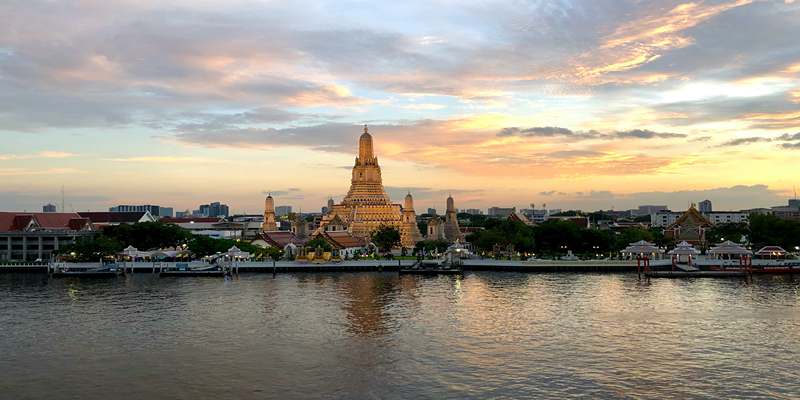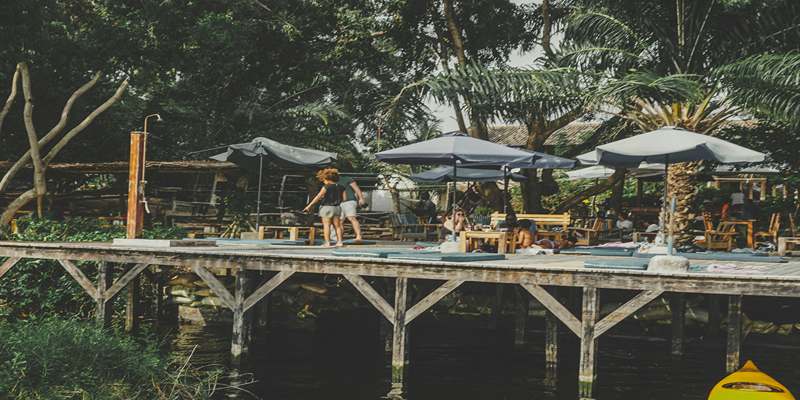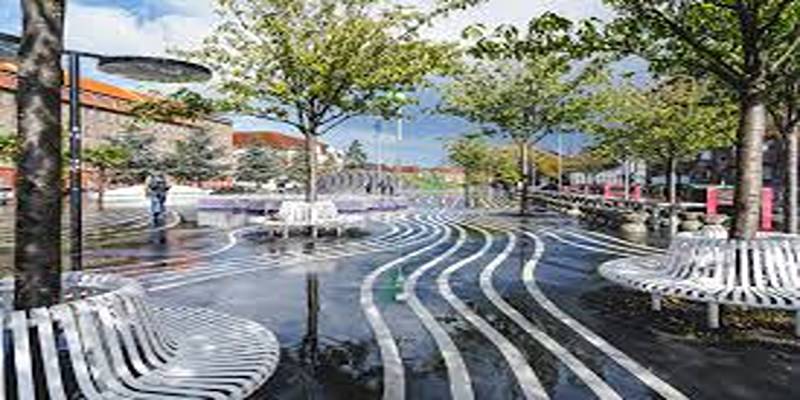In the northeastern corner of Minnesota, you’ll find this wilderness area with over a thousand lakes and many miles of linked canoe trails. If you want to be away from the bustle, alone with nature, and surrounded by animals, this is an ideal place. Both experienced and new paddlers will find the Boundary Waters full of amazing adventures in a pristine natural area. This guide provides guidance for organizing, guiding, and enjoying your Boundary Waters paddling trip in harmony with the untouched region.
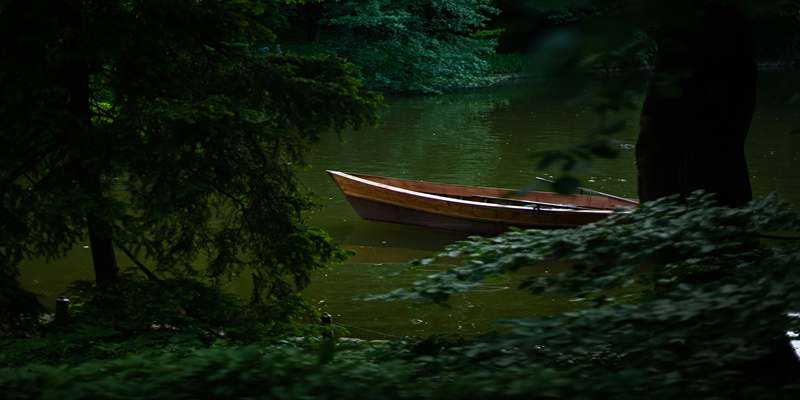
Planning Your Boundary Waters Adventure
Choosing the Right Entry Point
A permit is needed to enter the Boundary Waters Canoe Area Wilderness, and where you start is very important. At present, 70 entry points have been marked in the area, making hikes and scenery slightly different, plus the climbing level. For those starting out, Moose Lake and Lake One have simple paths and nice places to stay for the night. Those with plenty of experience will prefer enjoying the solitude along the Little Indian Sioux or Stuart River. Make sure your selection fits your group’s experience, how far you plan to travel, and what you hope to do there. Permits for books are in demand, especially during summer, so get them early.
Gear Essentials for Canoe Area Wilderness
The right equipment guarantees your Boundary Waters trip is safe and enjoyable. Must-have things for your journey are a rating, a sturdy canoe, paddles, PFDs (personal flotation devices), dry bags, and a solid map or GPS. A tent, a sleeping bag, a stove, and a device to clean water are important camping items. Since you’ll be miles from civilization in the wilderness, use only compact and weatherproof gear. Travel with only the basics, except for bug repellent, rain clothes, and a first-aid kit. You need bear-proof containers to make sure no wildlife gets to your food. If you spend some time getting ready, your time in the wild will be even better.
Navigating the Waters and Campsites
Boundary Waters Paddling Routes
The Boundary Waters Canoe Area offers hundreds of paddling routes suited to every skill level. Popular loops like the Lake One to Insula Lake circuit provide a balance of beauty and accessibility. For longer adventures, the Knife Lake route traces the path of historical voyageurs and offers dramatic cliffs and pristine waters. Portages, or trails connecting lakes, vary in length and difficulty, so plan accordingly. Maps from the U.S. Forest Service or outfitters help you navigate, showing campsite locations, portages, and elevation changes. Choose a route based on your group’s pace, comfort with portaging, and interest in exploration.
Finding and Reserving Campsites
Campsites in the Boundary Waters are first-come, first-served and are marked by U.S. Forest Service signs. Each site includes a fire grate and latrine, and can only accommodate nine people and four watercrafts. It's important to plan your paddling distance to arrive early enough to secure a site before dark. Some routes have fewer sites, so always have a backup plan. Avoid overcrowding by spacing out travel and don’t camp at undesignated spots. Treat your site respectfully—clean up all trash and leave it better than you found it. A well-planned itinerary helps reduce stress and ensures enjoyable evenings at camp.
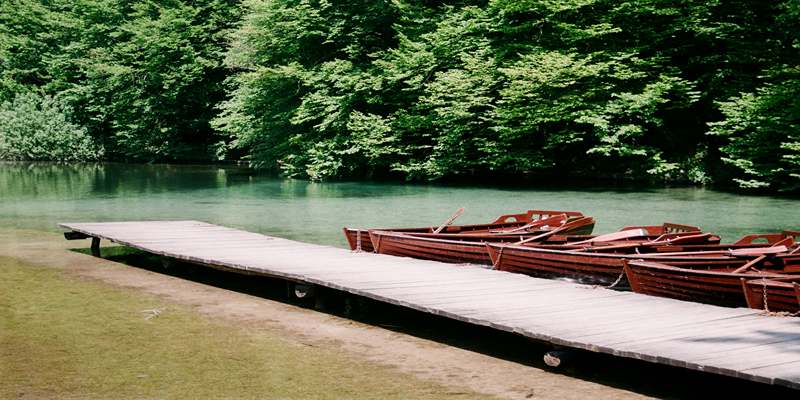
Wildlife, Scenery, and Wilderness Experiences
Encountering Nature in the Canoe Area Wilderness
Wildlife thrives in the Boundary Waters. You may spot moose wading in the shallows, hear loons calling at dusk, or see eagles soaring overhead. Beavers and otters frequently appear along quiet shorelines, while wolves and black bears are more elusive. Birdwatchers will find diverse species throughout the region. While encounters are memorable, it’s important to keep a respectful distance. Use binoculars, store food properly, and follow guidelines to minimize human impact. The scenery is equally captivating—glacial lakes, boreal forests, and rugged outcrops define the terrain. Bring a camera, sketchpad, or simply your attention to fully experience this natural wonderland.
Quiet Moments on the Boundary Waters
One of the most rewarding aspects of a Boundary Waters paddling trip is the stillness. Far from modern distractions, you’ll find a peaceful silence broken only by wind, water, and wildlife. Morning mist over the lake or sunset reflecting off granite shores creates moments of pure tranquility. Without cell signals or crowds, many paddlers find mental clarity and emotional rejuvenation. Whether journaling in your hammock or paddling silently at dawn, these quiet moments connect you deeply with the natural world. In this refuge, the noise of daily life fades, replaced by the rhythm of paddles and the breath of wilderness.
Tips for a Successful and Safe Trip
Boundary Waters Safety Guidelines
Staying safe in the Boundary Waters begins with preparation. Always check weather forecasts and avoid open water during storms or high winds. Learn how to read maps and use a compass, as GPS signals can be unreliable. Practice Leave No Trace principles: pack out everything, minimize campfire use, and avoid disturbing wildlife. Let someone know your itinerary and expected return date. Carry a first-aid kit, extra food, and layers in case of unexpected delays. Water safety is crucial—wear PFDs at all times and paddle within your skill level. Respect the wilderness and it will reward you with safe, unforgettable experiences.
Best Times and Seasons for Canoeing
The Boundary Waters paddling season generally runs from late May through October. Summer offers warm weather and longer days, making it ideal for families and first-timers. Spring and early summer bring fewer bugs and crowds but may feature colder water and unpredictable weather. Fall is breathtaking, with changing leaves and crisp air, though daylight hours are shorter and temperatures drop quickly. Avoid peak mosquito season in late June and early July if possible. Choose your travel time based on comfort with weather conditions and desired solitude. No matter the season, the canoe area wilderness delivers breathtaking beauty and adventure.
Conclusion
With proper planning, respect for nature, and a willingness to embrace the quiet, you'll find a unique connection to the landscape and yourself. Whether you’re drawn by paddling routes, serene lakes, or immersive wilderness, every trip offers something unforgettable. Prepare well, tread lightly, and let the rhythms of wind and water guide your journey. The canoe area wilderness calls—answer it with care and curiosity, and discover the magic that lies beyond the next bend in the shoreline.






